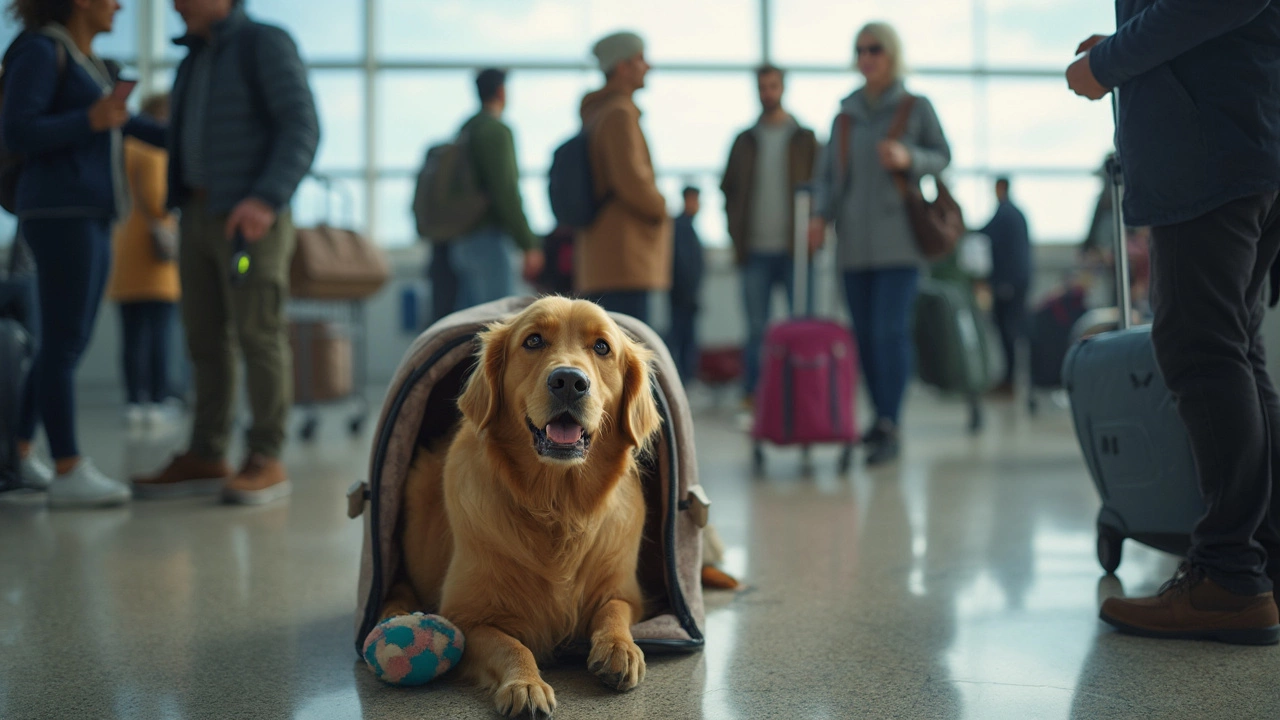Pet Stress: Spot Signs & Calm Your Dog or Cat Quickly
Pets get stressed just like people. When a dog or cat feels uneasy, they show it in ways you can see. Knowing those signs lets you act fast and keep your buddy comfortable.
How to Tell When Your Pet Is Stressed
Dogs might pant, whine, or pace when something bothers them. Look for a tucked‑tail, ears pinned back, or a sudden loss of appetite. Some dogs hide under furniture or become clingy.
Cats are quieter but still give clues. A stressed cat may hide, over‑groom, or spray. You might notice extra meowing, rapid breathing, or a fluffed‑up tail. Both species can also have digestive upset like loose stools.
Common triggers include loud noises (thunder, fireworks), a move to a new home, vet trips, or a change in daily routine. Even a missing family member can make a pet uneasy.
Easy Ways to Reduce Stress
First, create a safe spot. A cozy crate for a dog or a quiet room with a cat tree works well. Keep the area free of loud sounds and let your pet retreat there whenever needed.
Gentle massage can calm nerves. Rub slow, even strokes along the neck and shoulders of a dog, or lightly stroke a cat’s head and back. Speak in a soft voice while you do it.
Music helps too. Soft classical or specially designed pet‑calm playlists lower heart rates. Play it low in the background during stressful events.
Physical activity burns nervous energy. A short walk or a quick game of fetch gives a dog a chance to release tension. For cats, a feather wand or laser pointer provides a focused outlet.
Nutrition matters. Adding a natural calming treat, like Galloway Gourmet’s oat‑and‑lavender bites, gives a gentle boost. These treats use ingredients that support a relaxed mood without chemicals.
Consider pheromone diffusers. Plug‑in devices release calming scents that mimic a pet’s natural comfort signals. Place them in the room where your pet spends most of its time.
Stick to a routine. Feed, walk, and play at the same times each day. Predictability lowers anxiety because your pet knows what to expect.
If stress persists, talk to a vet. Sometimes medical issues hide behind nervous behavior, and a professional can suggest safe supplements or therapy.
Lastly, stay patient. Pets pick up on your emotions, so keep yourself calm and confident. A steady presence tells them everything will be okay.
Spotting stress early and using these simple steps makes life smoother for both you and your animal. With a little extra care, your dog or cat can enjoy a calmer, happier day every day.

How Stressful Is Flying for Dogs? What Every Pet Parent Should Know
Flying with dogs isn't just tricky for you—it's a major event for your pup. This article breaks down how stressful flying can get for dogs, and what really happens to their bodies and minds during a flight. You'll learn why some dogs cope better than others, which breeds face more trouble, and how to spot signs of stress. The tips inside show how you can reduce anxiety, from crate prep to vet advice. If you're planning a trip, this guide will help you make smarter, kinder travel choices for your furry friend.
View more